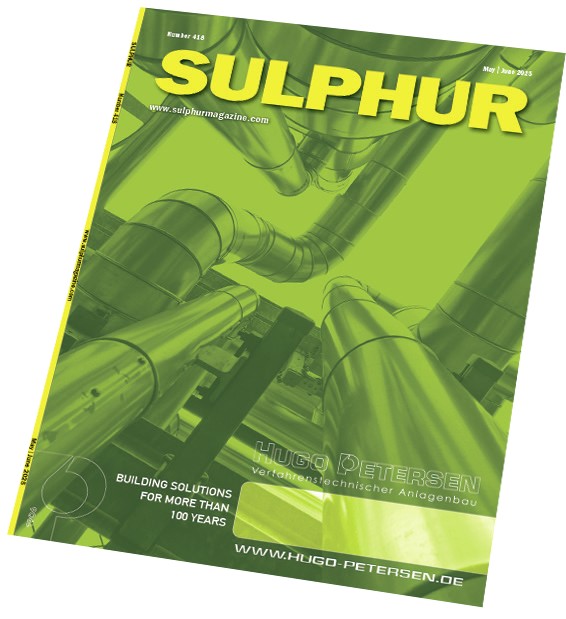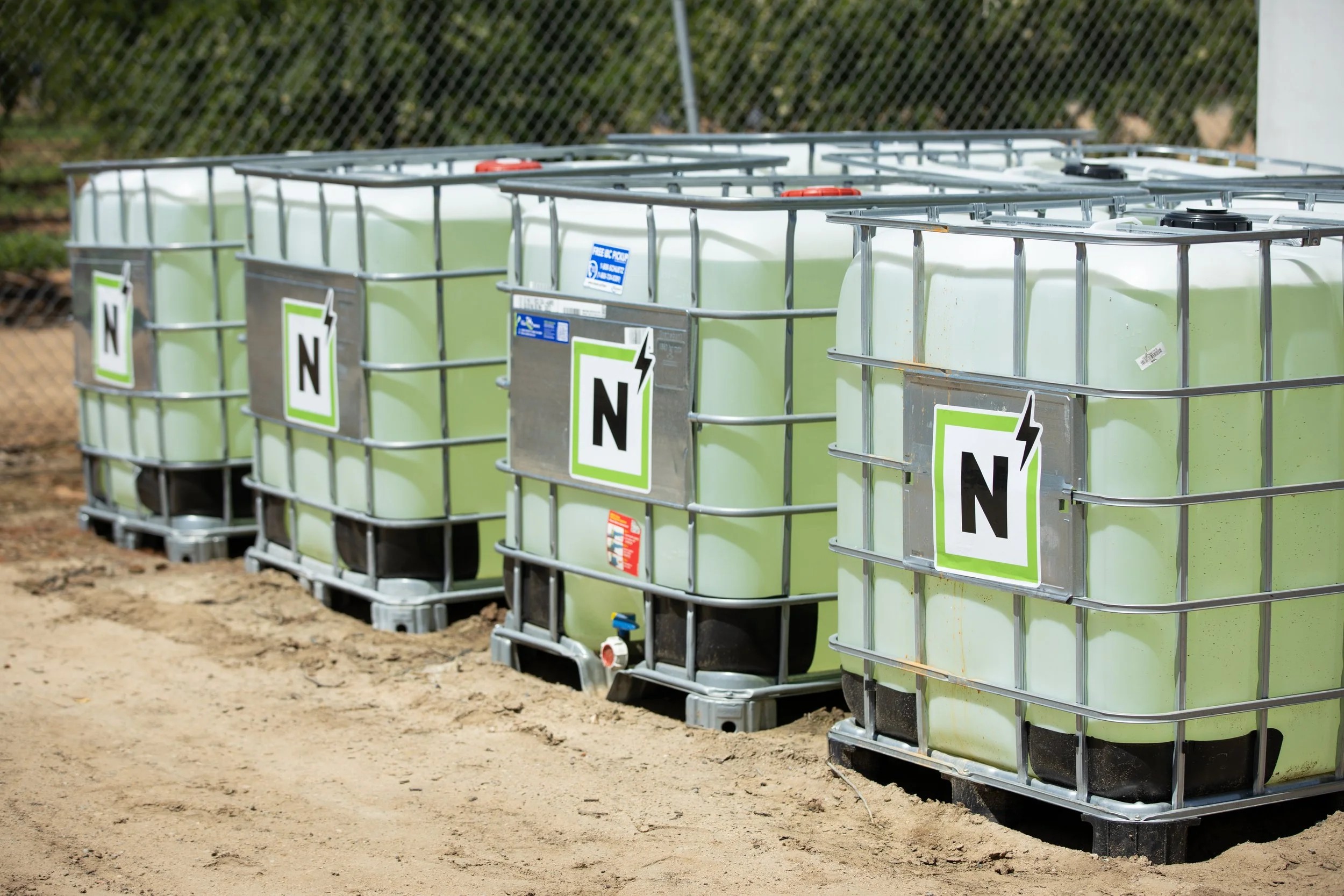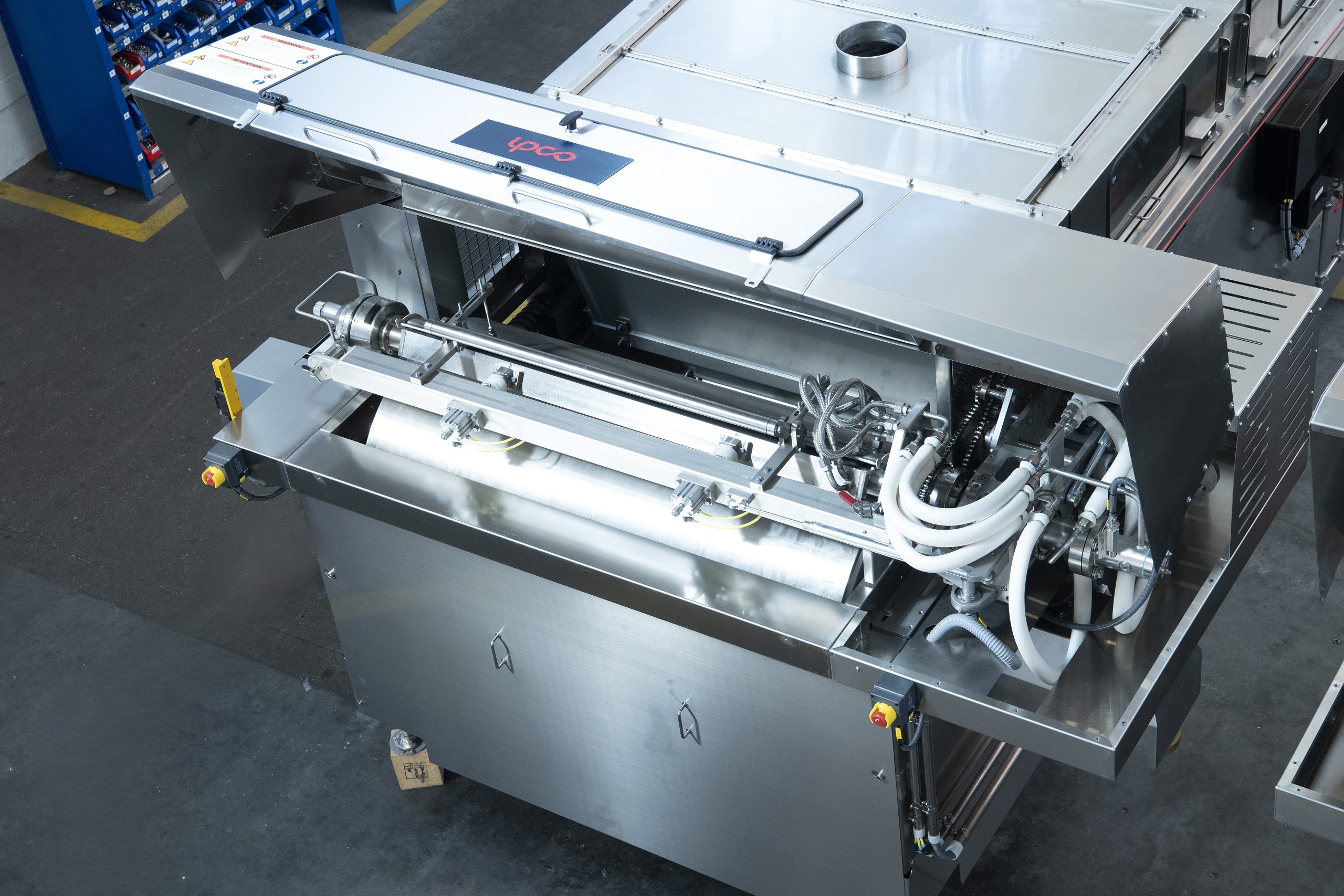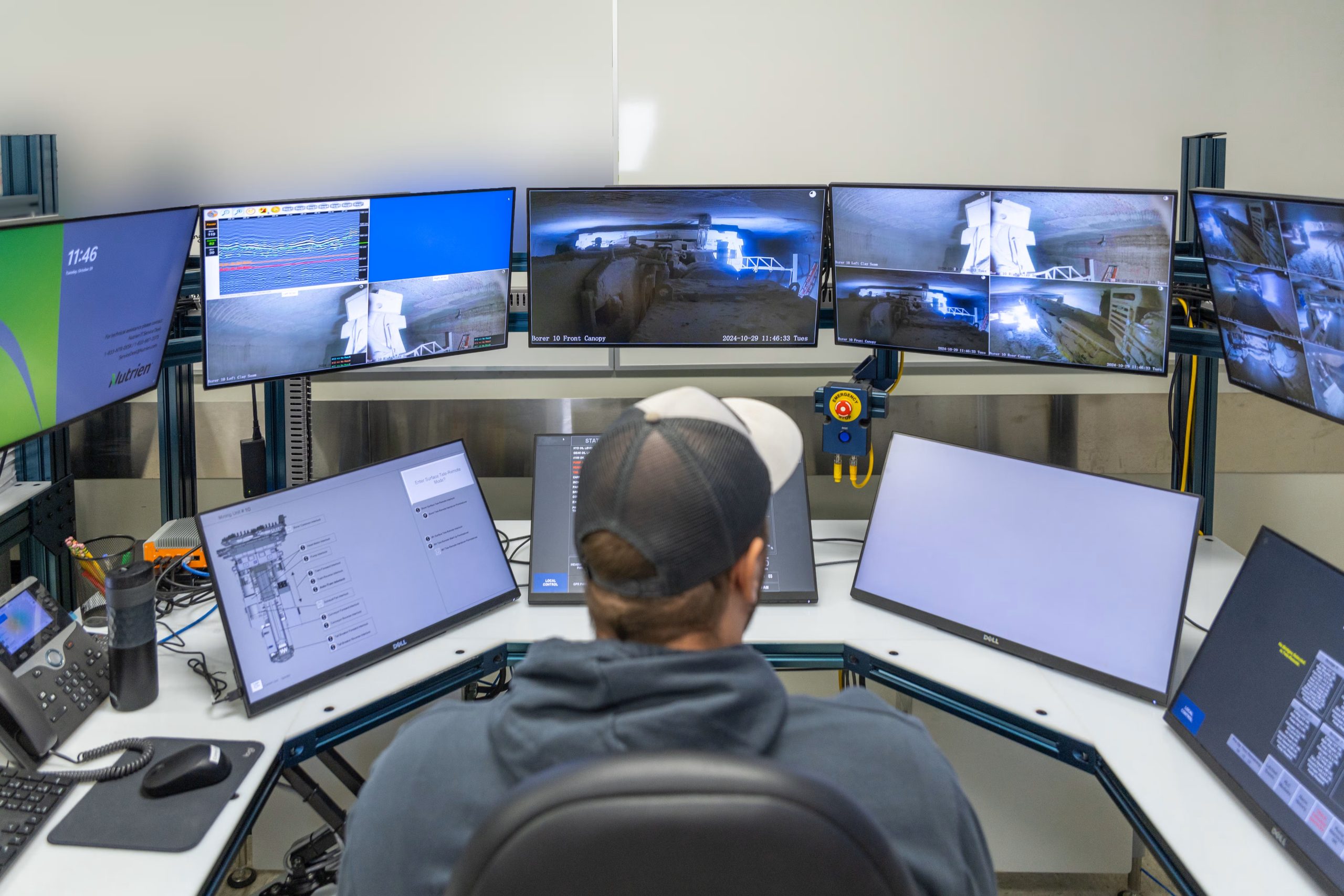Sulphur 418 May-Jun 2025

3 May 2025
A new route for phosphates?

“The waste management issue is one of the things that reduces the competitiveness of the US phosphate industry…”
I am writing this freshly returned from the Sulphur Institute’s annual Sulphur World Symposium in Florence (for more on that see pages 24-25), where one of the topics causing some excitement was the anticipated commissioning of a demonstration plant for Travertine Technologies’ new Travertine Process. The plant is due to be commissioned at the Sabin Metals site near Rochester, New York in mid-2025 at a cost of $10.7 million. Capacity is put at “hundreds” of tonnes per year of gypsum processed, and removing “tens” of tonnes per year of CO2 from the atmosphere.
The process converts magnesium or calcium sulphate wastes, such as phosphogypsum, into sulphuric acid and magnesium or calcium carbonate, using carbon dioxide which could come from an industrial source or, potentially direct air capture. Electrolysis is used to separate salts (and also generates some hydrogen), with sodium, calcium or magnesium hydroxides used to capture the carbon dioxide to carbonates, with potential use in cements. The sulphuric acid can then be used for any required use – Sabin will take the offtake from the demonstrator unit to cover half of their own acid needs for precious metals refining and processing – but the acid could of course equally be used for processing phosphate rock to generate phosphoric acid and more gypsum for the process. If the electrolysis uses renewable electricity (Travertine say that they plan to buy renewable energy credits) then the process is overall carbon negative, sequestering 0.75 tonnes of carbon dioxide per tonne of phosphoric acid produced. Travertine says that completely replacing the wet phosphoric acid process worldwide with its own flowsheet could potentially avoid 100 million t/a of CO2 emissions.
Feed for the demonstrator plant will come from extensive tailings from a disused gypsum mine at the site, but Travertine points out that the issue of phosphypsum wastes have effectively slowly strangled the US phosphate industry in Florida, where some of the phosphogypsum is mildly contaminated with radium – sufficient to make it unusable for industrial applications. The waste management issue is one of the things that reduces the competitiveness of the US phosphate industry against, for example, Morocco or Saudi Arabia, and no new US phosphate plants have been built since 1975. Travertine says that: “At scale, we believe Travertine can produce phosphate products at comparable cost to the WPA process, while eliminating the longstanding environmental cost and liability and definite social cost of building and managing phosphogypsum stacks.”
Well of course, that remains to be seen. Converting insoluble sulphates back to sulphuric acid would certainly solve any potential issues that industry faces with falling sulphur recovery rates as refineries close or convert to biofuel production. But, as with any new process, the operating cost will be one of the key things to be determined by the new demonstrator plant. The potential application of carbon credits – assuming the Trump administration does not scrap the Inflation Reduction Act – will certainly assist with that, but I can’t help remembering how the thermochemical Improved Hard Process for phosphate production has struggled with adoption against WPA due to its higher operating costs. In any event, it will be interesting to see where this leads us.






